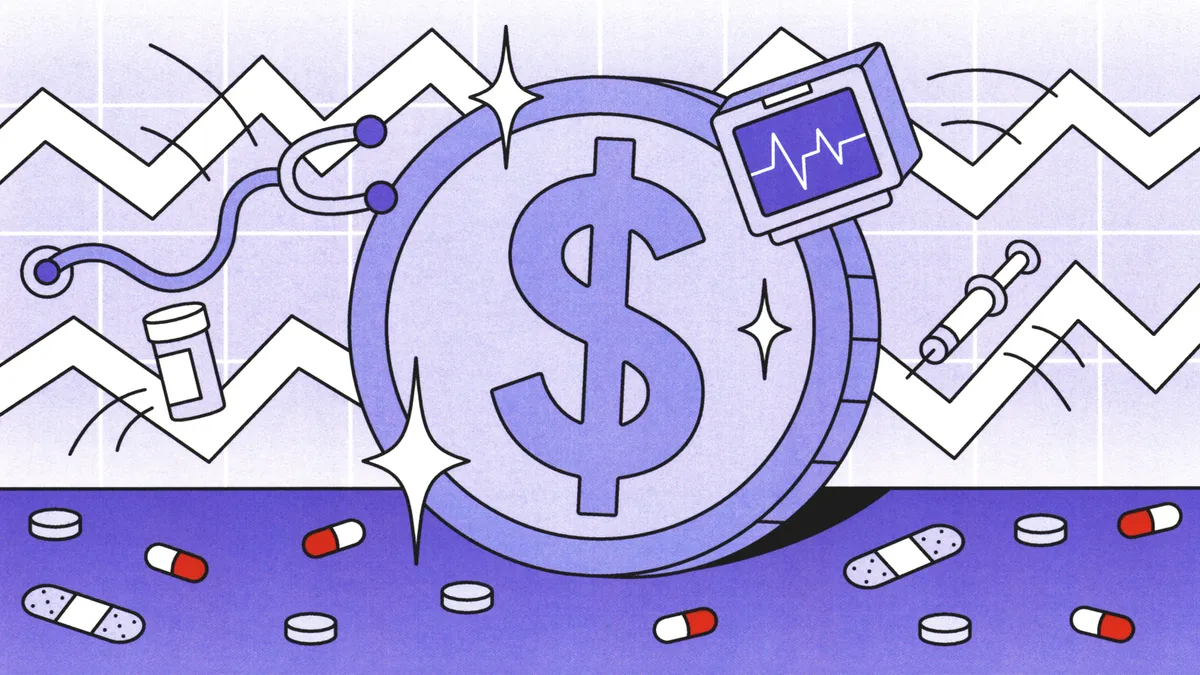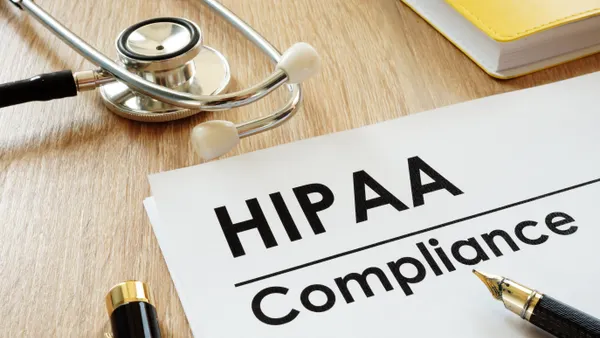Dive Brief:
- HCA Healthcare raised its full-year revenue and profit outlook on Friday alongside the release of second-quarter earnings results that outperformed analysts’ expectations.
- Executives said they boosted financial forecasts after Tennessee approved HCA’s state-directed payment program in June and the company saw improved operational performance across most of its markets, including those impacted by last year’s hurricanes.
- Still, HCA executives took a defensive stance during a call with investors on Friday morning, referencing mitigation strategies the company will deploy as it prepares to battle headwinds like deflated patient volumes and regulatory upheavals.
Dive Insight:
The nation’s largest hospital operator boasted solid second quarter results on Friday, including 6.4% revenue growth and a 13.1% rise in net income year over year.
Still, analysts zeroed in on HCA’s forecast that patient volumes are set to fall over the remainder of 2025. The operator downwardly revised predictions for equivalent admissions this year, from growth of 3% to 4% to growth of 2% to 3%.
HCA leadership attempted to mitigate concerns during Friday’s call. The company has had “16 consecutive quarters of volume growth,” including in lucrative service lines like cardiac procedures and neonatal services this quarter, CEO Sam Hazen said.
“That consistency tells us that the network model that we’re investing in very heavily and we’re focused around execution on... [allows us] to compete effectively. It's allowed us to sustain market share gains,” Hazen said.
Still, HCA’s report of softer volume expectations for the year comes on the heels of similar announcements from its peers, potentially spooking investors. HCA’s stock price fell 2.5% on Friday afternoon following its earnings release, though the price recovered by Monday.
Last week, Tenet Healthcare similarly decreased expectations for adjusted admissions in its hospital segment after reporting softer volumes in the second quarter. Community Health Systems experienced similar dips in patient volumes and blamed the bump on consumers’ increased reluctance to spend money.
Hazen rejected the idea that consumer confidence was the issue, at least in HCA’s portfolio, calling demand for services “inelastic” over time. The CEO said softer volumes were tied to slower-than-expected Medicaid, Medicare and self-pay volume growth.
HCA saw Medicaid volumes fall 1.2% year over year through June, while self-pay volumes only grew by 1.5%. For comparison, last year HCA grew its self-pay population by 7%.
Medicare growth in the quarter was also slower than expected, according to Hazen.
Disruptions to public payer revenue are top of mind as HCA, like its peers, braces for enhanced Affordable Care Act subsidies to possibly expire at the end of this year and for the looming impacts of Trump’s Big Beautiful Bill.
Hazen called the adverse impacts from the tax bill “manageable.” Approximately 60% of HCA’s Medicaid volumes and revenue are in states that elected not to expand Medicaid under the ACA, which will be less severely impacted by the policy changes, Hazen said.
The CEO also noted that the phased-in approach to work requirements and supplemental payment program changes should give HCA time to prepare. And, despite the regulatory uncertainty, HCA plans to stay the course on capital spending and invest $5 billion this year into growth initiatives.
Still, the health system is beginning to develop resiliency programs to offset some of the projected financial impacts that will occur from some patients losing coverage, Hazen said.
Analysts from Jefferies and TD Cowen were heartened by the company’s initial discussion of such plans, which include length of stay management initiatives, automation and digital transformation, and labor and supply cost containment strategies. However, investors will have to wait until HCA’s fourth quarter earnings call to get specific details.













